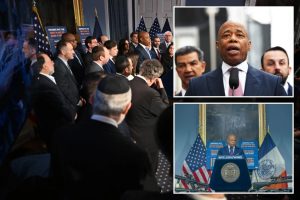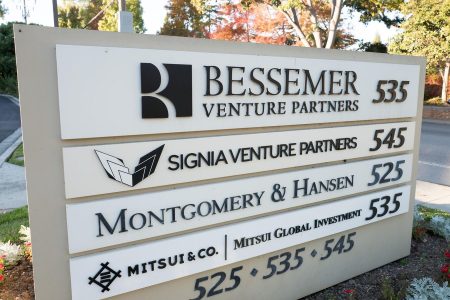The prevailing narrative in both global economics and market dynamics often centers on a singular, dominant factor. In the broader economic sphere, demographics are frequently touted as the ultimate determinant of prosperity, overshadowing even the most sophisticated economic theories. The sheer population size of emerging giants like India and China, dwarfing that of the US and Europe combined, presents a compelling argument for their eventual economic dominance. This demographic lens underscores the inherent potential for growth and productivity embedded within a large population base. It suggests that regardless of economic policies or strategies, the sheer scale of human capital in these nations will inevitably propel them to the forefront of the global economy.
Similarly, within the realm of financial markets, the focus often narrows to the money supply. Market strategists and pundits may dissect various indicators and trends, but ultimately, the direction of monetary policy, primarily dictated by central banks, holds the greatest sway. The actions of the US Federal Reserve, particularly its balance sheet operations, serve as a barometer for global markets. The ebb and flow of liquidity injected or withdrawn by the Fed ripples through the interconnected financial ecosystem, influencing everything from stock prices to cryptocurrency valuations. Understanding the Fed’s monetary policy, therefore, becomes paramount for navigating the complexities of the market.
The Federal Reserve’s balance sheet provides a crucial window into its monetary policy stance. Following the unprecedented expansion during the pandemic, the Fed has embarked on a path of balance sheet reduction, aiming to mitigate inflationary pressures and restore equilibrium. This process has been remarkably predictable, contributing to relative market calm and reduced volatility. The projected timeline for returning to pre-pandemic balance sheet levels extends to 2027-2029, although adjustments for inflation could accelerate this process. The underlying objective remains maintaining an optimal money supply, where demand and supply are balanced, thereby preventing deflationary or inflationary spirals.
The Federal Reserve employs several tools to achieve this delicate balance. Interest rates influence the demand for money, while quantitative easing or tightening, reflected in balance sheet adjustments, directly impacts the supply. The reverse repo facility serves as a crucial mechanism for managing excess liquidity. By offering banks a risk-free avenue to park surplus cash, the Fed can effectively absorb excess money that might otherwise fuel inflation. Monitoring the balance in the reverse repo provides insights into potential inflationary pressures within the financial system.
The reverse repo balance, typically negligible, ballooned during the pandemic due to the massive influx of liquidity. The Fed’s subsequent drainage efforts have steadily reduced this balance, and projections suggest it could reach zero by the summer of 2024. This milestone signals a potential shift in monetary policy. With excess liquidity absorbed, the Fed gains greater flexibility to lower interest rates without triggering significant inflationary risks. The reverse repo also acts as an early warning system, allowing the Fed to detect and respond to emerging inflationary pressures by halting easing measures if the balance begins to rise again.
The projected return to a more normalized monetary environment around 2025 marks a potential turning point. However, political factors can significantly disrupt this trajectory. Events like trade disputes, geopolitical tensions, or domestic policy shifts can exert unpredictable influences on monetary policy. The actions of political figures, such as the potential use of tariffs as an economic weapon, can create unforeseen market turbulence. The Federal Reserve’s balance sheet becomes a real-time indicator of these influences, reflecting the Fed’s assessment of their potential impact. A smooth balance sheet trajectory suggests market stability, while a volatile one foreshadows potential disruptions.
Looking ahead, the Federal Reserve might adopt a strategy of maintaining a minimal balance in the reverse repo facility. This “threshold hum” could serve as a valuable gauge of liquidity conditions, providing a more precise measure of whether the money supply is optimal, too low, or excessively high. Given the US economy’s need for growth, a slight excess of liquidity is generally preferable to a deficiency, which could trigger a deflationary spiral. This approach acknowledges the inherent difficulty in determining the precise optimal level of cash within the system. For investors seeking to move beyond passive strategies like dollar-cost averaging, close monitoring of the Federal Reserve’s balance sheet and the reverse repo balance becomes essential for navigating market dynamics and anticipating potential shifts in monetary policy. These indicators provide valuable insights into the underlying forces driving market behavior and offer a more nuanced understanding than simply tracking market indices.










